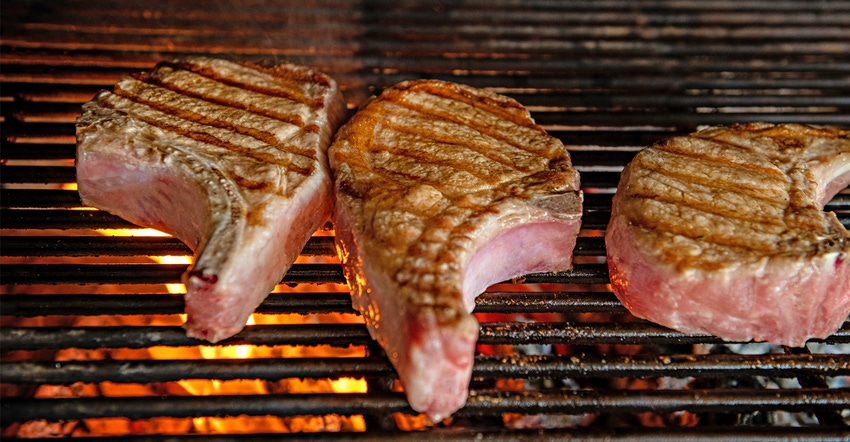
Competition is always good. However, livestock producers are finding space in the meat case is becoming even more crowded. Beef, pork and poultry producers often battle among each other for freezer space, but sadly, this new competition is coming from products that don’t even deserve to be mentioned in the same breath as meat.
Seems like every time you turn around, there’s another company releasing a new meat alternative. New in this crowded field is an Israeli company that will begin sales later this year of 3D-printed “beef” cuts, targeting restaurants in Israel, Europe and Asia.
This latest attack against animal agriculture, 3D “meat” printing joins plant-based and cell-cultured products that are catching some steam in certain markets. If you’re looking for meat that is truly a 3D experience, local butcher shops and meat processing plants have been kicking out three-dimensional beef, pork, lamb and poultry cuts for centuries.
If you’re looking for plant-based meat products, U.S. farmers and ranchers have been creating plant-based meat for centuries as they feed a variety of crops (plants) to their livestock to produce delicious, healthy chops, steaks and roasts. Cell-cultured “meat” products at least use animal cells to create “meat” in a lab setting.
From a farm, not a lab
Today’s farmers and ranchers continually fight the “factory farm” label. But what creates more of a factory feel than making “meat” on a 3D printer, or in a laboratory for plant-based or cell-cultured products?
I can’t imagine being at a backyard cookout, and the grill master announces that the holdup on the meal is that it hasn’t been printed yet. Nothing to quite get the saliva glands going like hovering around the Carbon 3D printer waiting for the T-bone to come out.
Now, I realize that some of the push for these meat alternatives is from the anti-animal agriculture movement — opponents who wish to see farmers and ranchers retire animals from meat production entirely. Most of that same camp has adopted a vegetarian or vegan diet, so why do they want to create a product that is supposed to mirror the look, feel and taste of the real thing?
I have not tried one of these meat alternatives, nor do I plan to anytime soon.
These fake meat products are a niche market, and one that I never see really taking over the local meat case. I will only give these fake meat products credit for the potential to help fill a protein void that exists in some people’s lives. Yes, I would prefer that they eat pork, beef, chicken or lamb. But if a “Frankensteak” will help a malnourished population get much-needed protein, who am I to stand in the way? Sadly, even in that vein, these fake meats fall short.
For the majority of consumers who are lacking protein in their diets, they are also lacking the funds to purchase these lab-crafted cuts, which usually run at a higher cost than the real meat offerings. Of course, as more companies join the fake meat revolution, the price point will come down to possibly make it more affordable for families looking to fill their freezers.
Real meat campaign needed
Competition creates opportunities, and there is a great opportunity for the livestock associations and organizations to put their marketing arms into full swing.
If consumers are looking for a nutritious protein that’s delicious, U.S. farmers and ranchers have that. If consumers are looking for a protein that’s raised in an environmentally friendly manner, U.S. farmers and ranchers have that.
As an example, today’s pork producers are better than ever at producing a pound of pork on 78% less land, 41% less water and a 35% smaller carbon footprint as compared to pork producers from 50 years ago, according to the National Pork Board. And they will only get better with improved genetics, animal care and herd health.
Along these lines, NPB in an August press release announced the launching of Real Pork, a master-brand strategy that “invites consumers to experience the authenticity, flavor and ability to bring people together that Real Pork provides.”
We all can follow that lead by honing our PR skills to tell our story, and how we create real meat.
Read more about:
MeatpackingAbout the Author(s)
You May Also Like






